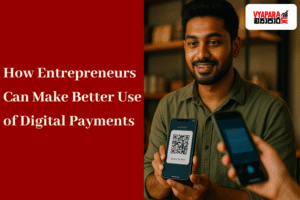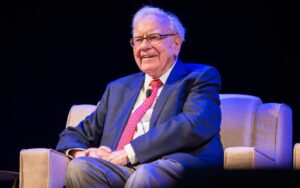
💰Budget Implications for Entrepreneurs & SMEs in Sri Lanka – What You Must Know
In an economy still adjusting to structural reforms, the national budget becomes a critical lever for small and medium-sized enterprises (SMEs) and entrepreneurial ventures. For Sri Lankan business owners, the latest budget brings both opportunities and challenges. This article breaks down the budget implications you need to account for, analyses











